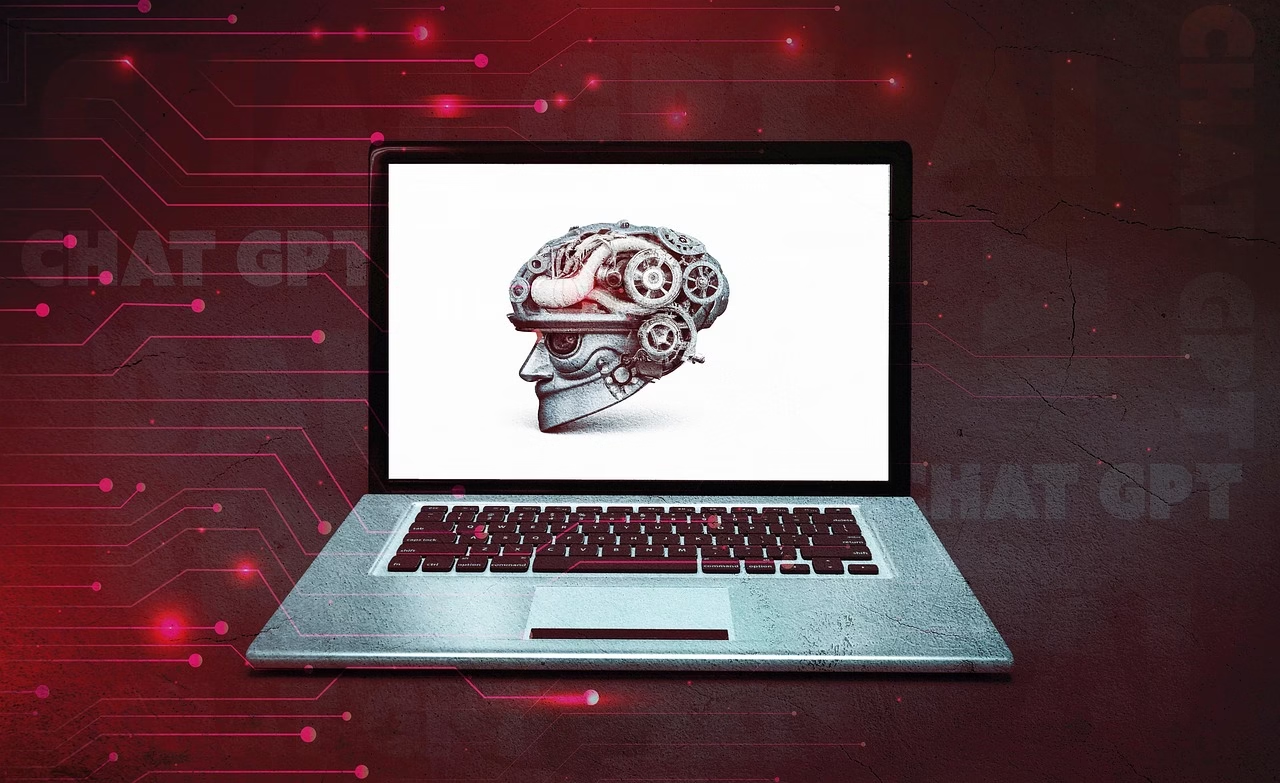Generative AI in Cybersecurity: Transforming Threat Detectio
August 9, 2025 | by Olivia Sharp

Generative AI in Cybersecurity: Transforming Threat Detection and Response in 2024
Cybersecurity has always been a domain where innovation races against ingenuity used by attackers. In 2024, the advent of generative AI marks a pivotal shift — offering unprecedented capabilities in threat detection, response, and proactive defense. From my perspective as a researcher deeply embedded in AI and technology tools, this transformation isn’t just technological; it signals a redefinition in how we understand, predict, and counter cyber threats.
The Unique Power of Generative AI for Cyber Defense
Traditional cybersecurity systems rely heavily on static signatures, heuristics, and rules. They are reactive by nature — effective primarily when threats have been encountered before or behave in predictable patterns. Generative AI, however, excels at synthesizing new data patterns and simulating potential attack scenarios. Its capacity to generate realistic, yet novel data representations enables systems to anticipate unknown threats by learning from vast amounts of past attack information combined with ongoing contextual data.
This isn’t simply about spotting anomalies — it’s about building a model of what could happen. Generative AI models create simulated threat vectors that help analysts forecast attackers’ next moves, making the defense posture more agile and anticipatory rather than retroactive.
Dynamic Threat Detection: Beyond Anomaly Identification
One of the most compelling applications of generative AI lies in dynamic threat detection. Modern cyber-attacks increasingly employ polymorphic techniques, meaning malware constantly alters itself to evade detection by traditional antivirus and IDS/IPS systems. Generative AI’s ability to learn underlying patterns of these polymorphic changes allows it to identify malicious activity even when the code itself varies drastically.
Furthermore, generative AI can analyze multi-dimensional data streams — integrating network logs, user behavior analytics, endpoint activities, and threat intelligence feeds — to produce nuanced insights. This multi-layered synthesis often uncovers subtle deviations that otherwise might have gone unnoticed, strengthening the early warning systems critical to thwarting breaches before damage occurs.
Accelerating Incident Response with AI-Generated Playbooks
Beyond detection, generative AI’s influence extends deeply into the realm of incident response. The traditional model involves manually curated response playbooks — sets of procedures crafted to handle specific incidents. These playbooks, however, can quickly become outdated as attack techniques evolve.
Generative AI now enables the creation of dynamic, adaptive playbooks tailored to ongoing incidents. By modeling potential attacker behaviors in real-time and anticipating subsequent attack phases, AI-generated responses can recommend precise, contextual actions for security teams. This results in reduced response times and mitigates operational overload during critical breaches.
Balancing Innovation with Responsible AI Practices
As promising as generative AI is, its integration into cybersecurity must be guided by ethical foresight and rigorous validation. The technology’s capacity to generate synthetic data is a double-edged sword; while it empowers defenders, it also could be exploited by malicious actors to concoct highly convincing phishing campaigns or malware variants.
For organizations adopting these tools, establishing transparent auditing mechanisms and continual model retraining with ethically sourced data is fundamental. Security professionals should partner closely with AI ethicists to ensure these systems remain aligned with privacy standards, legal requirements, and societal trust.
A Practical Outlook for Cybersecurity Teams
At a practical level, cybersecurity teams should view generative AI as a force multiplier rather than a silver bullet. Adoption involves a learning curve and requires careful integration with existing security information and event management (SIEM) systems, endpoint detection and response (EDR) tools, and threat intelligence platforms.
Teams equipped with AI-augmented tools gain enhanced situational awareness, faster anomaly triage, and better-informed decision-making. Moreover, generative AI can assist in continuous training programs for cybersecurity personnel by simulating varied threat scenarios, increasing preparedness for emerging attack patterns.
Looking Ahead: A New Paradigm in Cyber Defense
The integration of generative AI in cybersecurity is no fleeting trend — it represents a fundamental paradigm shift. As attack surfaces expand due to cloud proliferation, IoT complexity, and sophisticated social engineering, defensive strategies must evolve beyond reactive models.
In 2024, generative AI provides a proactive foundation — helping security teams forecast, simulate, and counter cyber threats in ways previously thought impossible. Organizations embracing this shift will not only bolster protection postures but also catalyze a deeper understanding of attacker psychology and strategy.
My personal take is this: harnessing the creative power of generative AI responsibly is the next frontier in cybersecurity innovation, where human intuition and machine intelligence converge to build resilient digital ecosystems.

RELATED POSTS
View all



